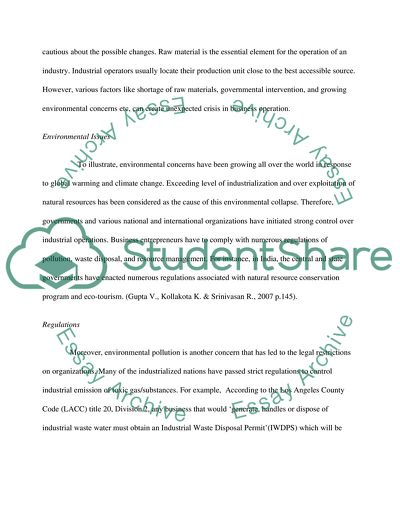Cite this document
(Principles of Marketing Case Study Example | Topics and Well Written Essays - 3000 words - 13, n.d.)
Principles of Marketing Case Study Example | Topics and Well Written Essays - 3000 words - 13. Retrieved from https://studentshare.org/marketing/1729437-marketing
Principles of Marketing Case Study Example | Topics and Well Written Essays - 3000 words - 13. Retrieved from https://studentshare.org/marketing/1729437-marketing
(Principles of Marketing Case Study Example | Topics and Well Written Essays - 3000 Words - 13)
Principles of Marketing Case Study Example | Topics and Well Written Essays - 3000 Words - 13. https://studentshare.org/marketing/1729437-marketing.
Principles of Marketing Case Study Example | Topics and Well Written Essays - 3000 Words - 13. https://studentshare.org/marketing/1729437-marketing.
“Principles of Marketing Case Study Example | Topics and Well Written Essays - 3000 Words - 13”, n.d. https://studentshare.org/marketing/1729437-marketing.


